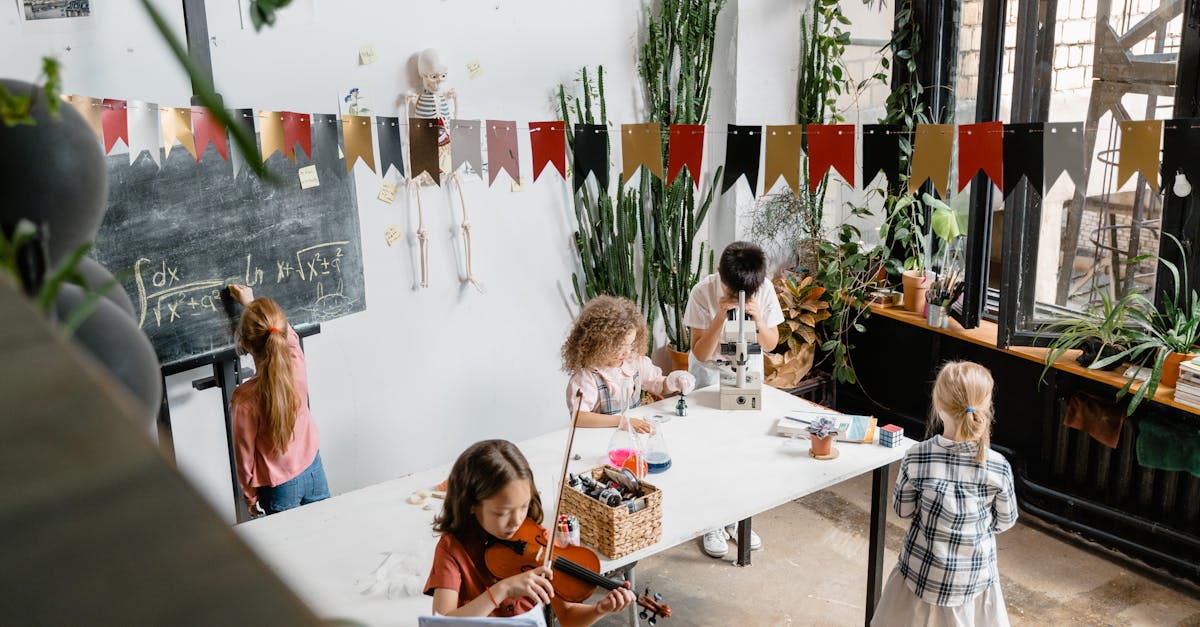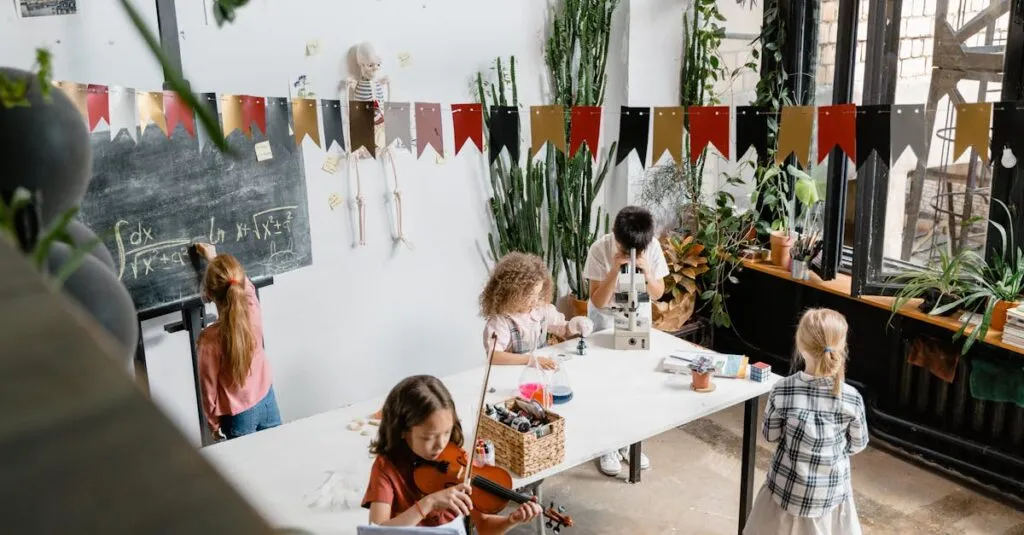Why Fun and Learning Go Hand in Hand
When it comes to teaching preschoolers, fun is your best ally. Kids learn best when they’re having fun. You might wonder, is it even possible to make learning engaging for little ones? Absolutely!
By blending play with education, you can capture their attention and teach effectively. Just like adults enjoy a good movie versus a dull lecture, kids are no different. They respond eagerly to:
- Hands-on experiences
- Colorful stories
- Activities that let them move around
Imagine their enthusiasm when these elements come alive in Sabbath School!
Now, before diving into advanced lessons, remember that simple is best. Give them space to be curious, and they’ll naturally develop a love for learning.

Creative Storytelling: The Secret Ingredient
Storytime is magic for preschool minds. What’s better than a story? A colorful one! Add props, voices, and even a puppet or two. Think about that time you heard a captivating tale and were transported to another world. Kids are no different!
Their imaginations take off with vibrant storytelling, leaving room for important lessons to be absorbed. It’s beneficial to structure stories around the core values of Sabbath School. Create narratives that encourage:
- Kindness
- Sharing
- Friendship
An engaging story not only holds their attention but also helps embed these values into their everyday lives, fostering emotional growth in a playful manner.

Hands-On Activities: Little Hands, Big Joy
Tiny hands love to explore! Hands-on activities are a must for Sabbath School. These activities can include:
- Arts and crafts
- Nature exploration
- Simple science experiments
Remember, the messier, the better. Who doesn’t love seeing kids proudly show their finger paintings or crafted animals? Such activities are not just fun; they’re great for developing fine motor skills. They also introduce concepts of cooperation when kids work in groups. Win-win, right?
Plus, these projects create a tangible connection to the lesson taught, reinforcing it in a way that words alone cannot. Just be prepared for lots of excitement and laughter.

Music and Movement: Dance to Learn
Music is a universal language all children understand. Incorporating music and movement into your lessons turns an ordinary lesson into a joyful experience. Not only does music get their energy flowing, but it also aids memory retention.
Recall that catchy jingle stuck in your head? That’s music working its magic! Singing songs related to the week’s lesson can help emphasize key themes. Add in some clapping, dancing, or simple instrument play, and your Sabbath lessons become a highlight of their week.
It’s a great way to help them express emotions and work on their physical coordination too!

Incorporating Music and Movement Provides:
- Increased Engagement: Children are more likely to participate when lessons are lively and fun.
- Enhanced Memory Retention: Music helps reinforce learning through repetition and association.
- Emotional Expression: Dance and movement provide an outlet for kids to express their feelings.
- Improved Coordination: Dancing and playing instruments support the development of motor skills.
Snack Time: An Educational Treat
Snack time can be much more than refueling. Use this time to reinforce lessons by tying in themes from the day’s lesson. Picture a plate of ‘Noah’s Ark Animal Crackers’ or ‘David’s Rock Candy’ for his slingshot story. Not only will this be a hit with the kids, but it also opens room for discussion.
Snack time becomes a chance to review the lesson in a relaxed setting. Additionally, sharing snacks promotes manners and patience, as they learn to wait and give thanks before enjoying their treats.
Snack time with a twist can be fun, meaningful, and utterly delicious!

